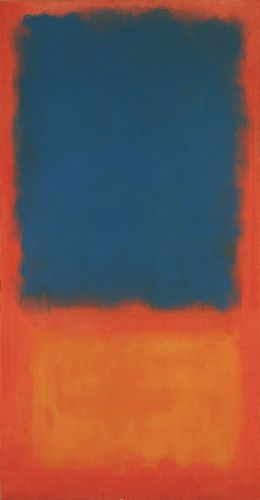Its difficult to define how a painter uses the language of art to convey a message or to communicate with his audience. Ever since I started to paint, my obsession has been the enjoyment of painting and the love to create a new works of art. However, as I matured as an artist; I realized that a language must be learned and mastered before any great communication is remotely possible. In art, the language is mastery of drawing, principles of art, coupled with painting techniques and most importantly creativity. Therefore, whatever is we wish to express, an artist must have the essentials skills to cultivate a conversation about his art. As we learned from the old masters, we are fortunate to have a flawless blueprint for any painter to undertake, thus the concept of Art as a language to covey a message is expanded. It is important to note that several evolutionary steps have been created by modern masters painters that have made major advancement of the arts, yet drawing is at its core. To begin, a serious student should be encouraged to always carry a small sketching kit and draw at every opportunity, thus the resulting drawings are less important than the experience gained and the skills and perceptive powers have been enhanced. Part of the uniqueness of art is that each artist sees the subject, thus draws the subject differently from any artist, but for any artist who cannot draw well, drawing becomes a crutch that will affect their ability to convey a clear message. The main reason for having a strong drawing skills is that drawing bridges the gap between line drawing and painting in oils. All technical concerns involved in oil painting derives from powers of observation, thus drawing is like the foundation of a house, without it the house will crumble. Thus, an artist reaches a plateau if he/she does not master his/her drawing abilities. An artist ability to convey accuracy of a subject becomes the bench mark in which all subsequent artist are measured, but an artist should not focus on this bench mark, but rather focus on quality of drawing and the pursuit of excellence. The main reason why drawing develops the powers of observation is because its the simplest medium before it gets complicate by the issue of color and all technical concerns involved in oil painting. Below is a master at his craft and notice the softness of line and accuracy of shapes.

The Illusion of Color
Great art depends heavily on content, but color reveals its story. Color tells its own story, or perhaps creates some degree of mystery. Each color has a story to tell, a point to make, a feeling to get across. The failing of many art institution is the feeling of expressiveness and the underemphasis of mastery of skills. Without mastery of technique, the most inspire artist cannot communicate beyond the basic level. In terms of mastery of color, its just as important to drawing and the artist must have a thorough understanding of the principles of color or the nature of light. I must make a clarification that rules and formulas are designed to break down complex ideas, but they should not be use as the voice of the artist. The communication of art cannot be reduce to a formula, but rather a tool to how adequately understand color. An artist should master the three main components of color: Hue, Chroma and value. The classification of color and numerical system designed by Albert H Munsell, its quiet simple and will provide clarity when painting. In addition, the benefits that we have today is that we can learn from the experiments of painters who came before us and they have given us the body of knowledge through the process of trail and error. One of the best lessons past on by these master artist is the preparations undertaken prior to their beginning work of a final canvas or panel. Before work began in a large canvas, they solve most of all of the problems to artist’s satisfaction in many smaller drawings and color sketches. These studies serve as the platform for their perfectively executed, flawless master works. Many of these supplemental studies were much factor in the excellent quality achieved, thus color reference sketches are essential for the development of an oil painting. Notice how master artist William Bouguereau applied color to this his portrait study, thus identifying local middle tone and identifying large masses.
In conclusion, art more than any other form of expression requires certain skills in order to communicate a feeling and a mood, but no one could be recognized as a master without exhibiting a complete understanding of every aspect of his craft. The key word here is communicating your message to any audience, so to evoke an emotional impact either by craftsmanship or a combination of drawing and color harmony in that work of art. It’s the artist challenge to find them and to add their own discoveries.
